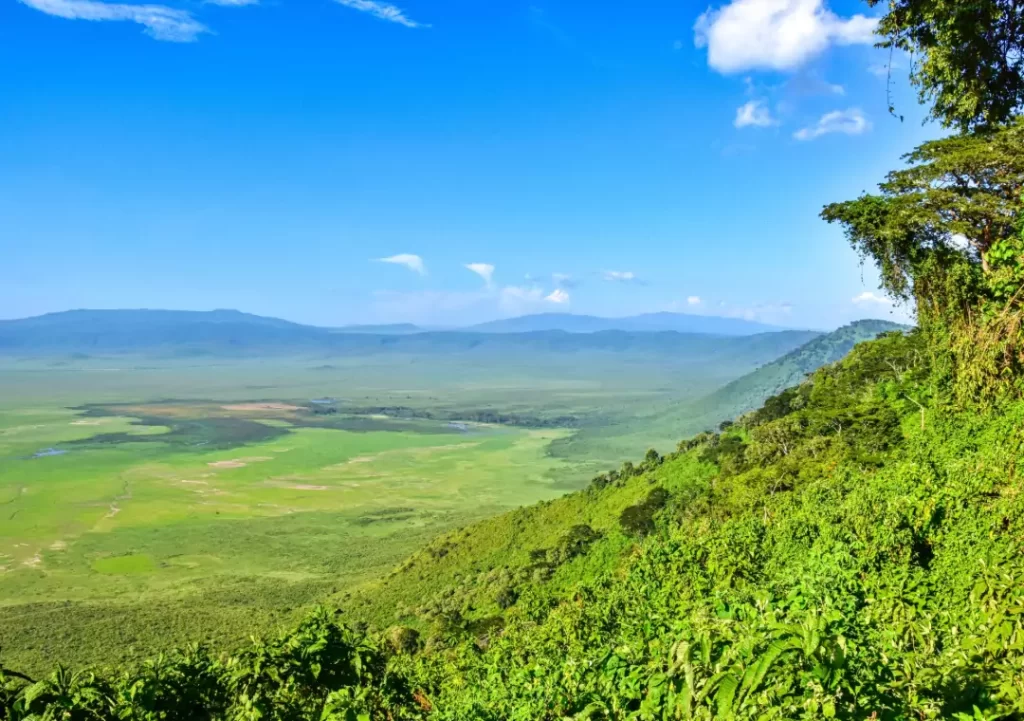
The Ngorongoro Crater, a UNESCO World Heritage Site since 1979, is Tanzania’s crown jewel. This volcanic caldera, formed over 2.5 million years ago, spans 260 km² and shelters the densest concentration of wildlife in Africa. Known as the “Eighth Wonder of the World,” it offers unrivaled safari experiences, breathtaking landscapes, and a glimpse into Maasai culture.
The Ngorongoro Crater was formed when a massive volcano collapsed, creating a “natural zoo” with diverse ecosystems: grasslands, forests, and Lake Magadi (a flamingo haven). Its unique geography traps wildlife, making it a microcosm of East African habitats.
The Ngorongoro Conservation Area balances tourism with preservation. Anti-poaching patrols and community partnerships protect endangered species and support Maasai livelihoods living near Ngorongoro.